The Kanchenjunga Trek, stretching over 22 days, presents a unique blend of adventure and culture that both novice and experienced trekkers can appreciate. With its lesser-known paths, trekkers encounter not only stunning landscapes but also the rich traditions of local communities like the Rai, Limbu, and Sherpa. As they navigate high passes and lower valleys, the importance of acclimatization becomes clear, ensuring a safe and enjoyable experience. Yet, there’s much more to consider in preparation—how can they truly make the most of this extraordinary journey?
Key Points
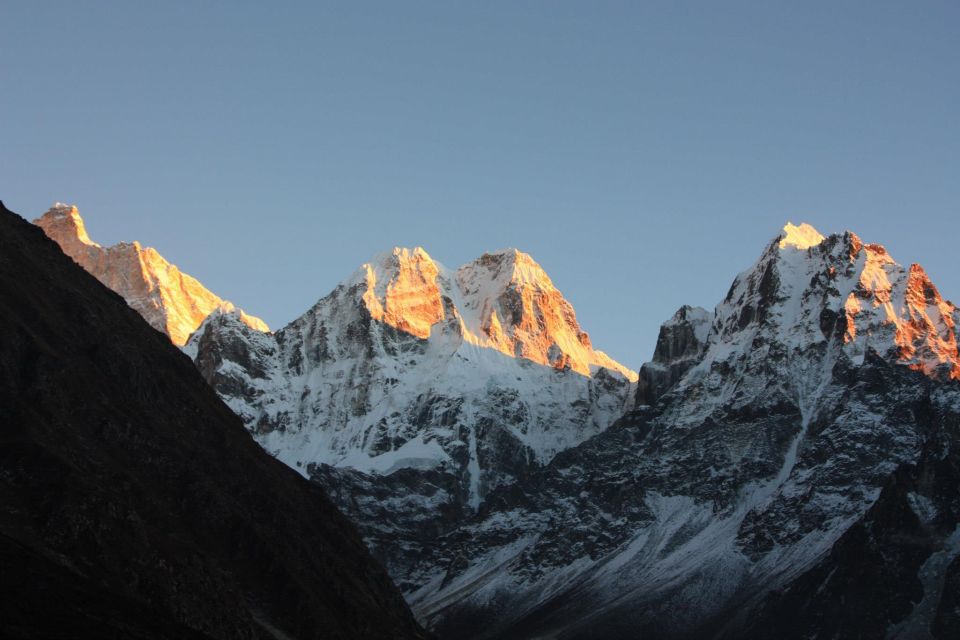
- The Kanchenjunga Trek spans 22 days, exploring both the North and South Base Camps with diverse terrain and breathtaking views.
- Trekking includes interactions with local ethnic communities, such as Rai, Limbu, and Sherpa, enriching cultural experiences.
- Challenging passes like Sele La and Mirgin La offer panoramic vistas, requiring preparation for altitude changes.
- Accommodation and meals during the trek are provided, along with English-speaking guide support and 1:1 porter service.
- Ideal trekking seasons are March to May and September to November, ensuring optimal weather conditions and stunning landscapes.
It's also worth checking out some other tours and experiences nearby.
Trek Overview and Highlights
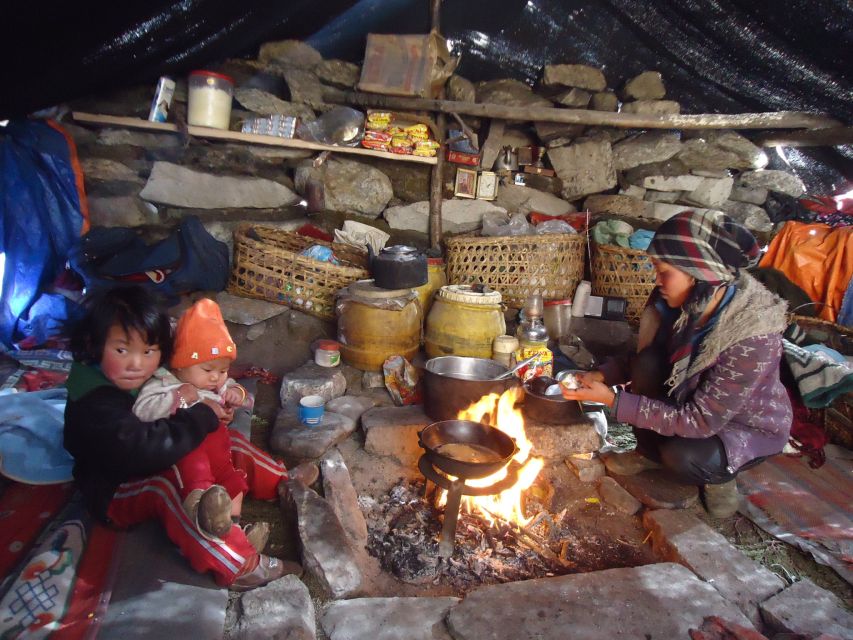
The Kanchenjunga Trek offers adventurers a unique chance to explore one of the world’s most stunning and less crowded trekking routes, showcasing breathtaking views of the majestic Kanchenjunga and vibrant local cultures along the way.
Over 22 days, trekkers encounter diverse flora and fauna while interacting with local ethnic communities like the Rai, Limbu, and Sherpa.
The trek involves crossing challenging passes, such as Sele La and Mirgin La, rewarding hikers with panoramic vistas.
It’s a serene experience that contrasts with busier trails in the region.
For those considering this journey, remember to prepare adequately for altitude changes and embrace the rich cultural diversity Eastern Nepal has to offer.
Embracing local customs adds depth to the adventure.
Detailed Itinerary
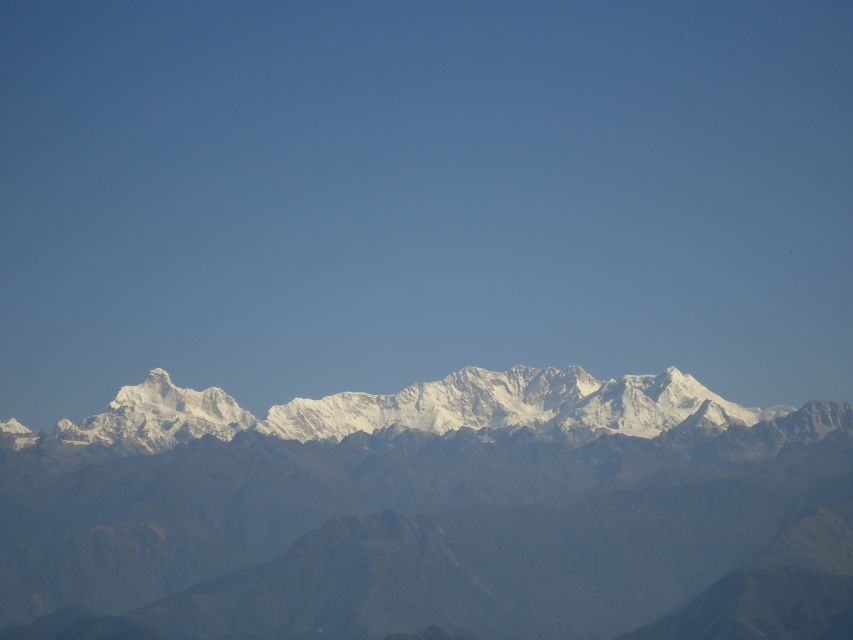
Get set for an exhilarating journey as trekkers embark on a meticulously planned 22-day itinerary that takes them deep into the heart of Kanchenjunga’s stunning landscapes and rich cultural tapestry.
The adventure kicks off in Kathmandu, where a city tour preps trekkers for what’s ahead. They’ll fly to Bhadrapur, then drive to Taplejung, setting the stage for the trek.
Over the next two weeks, hikers traverse diverse terrains, experiencing local cultures in villages like Ghunsa and Lhonak. Acclimatization days ensure comfort, while crossing high passes offers breathtaking views.
Included Services and Amenities
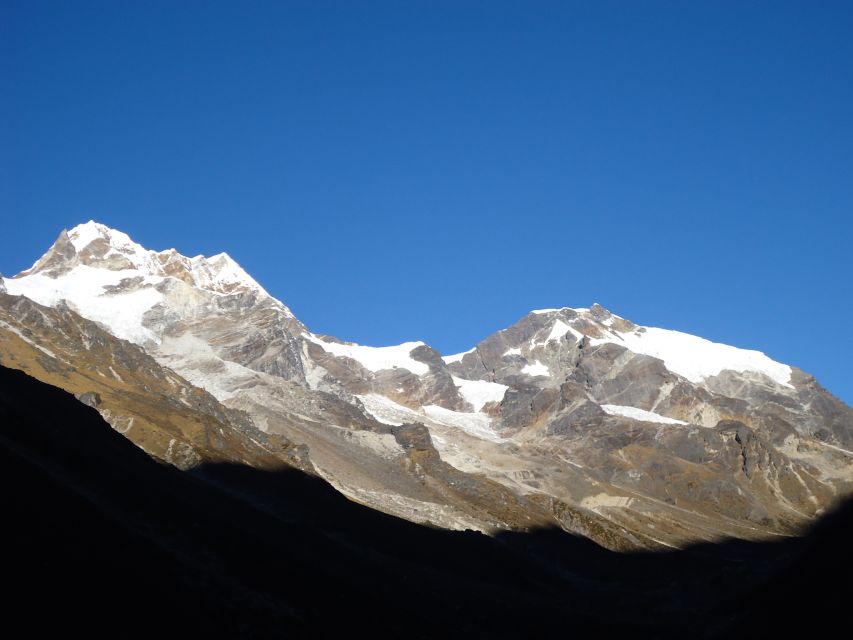
Included in the Kanchenjunga Trek package are essential services that ensure a comfortable and enriching experience, from airport transfers to knowledgeable guides and cozy accommodations.
Participants enjoy an airport pick-up and drop-off, along with a stay at the welcoming Kathmandu Suite Home, where breakfast is included.
The trek is led by an English-speaking guide, supported by porters at a 1:1 ratio, making it easy to focus on the stunning surroundings.
Meals during the trek—breakfast, lunch, and dinner—are provided, with stays at charming tea houses and home-stays that offer a glimpse into local culture.
Plus, the package covers flights to and from Bhadrapur, TIMS permits, and local transportation, ensuring a seamless adventure.
Excluded Costs and Considerations
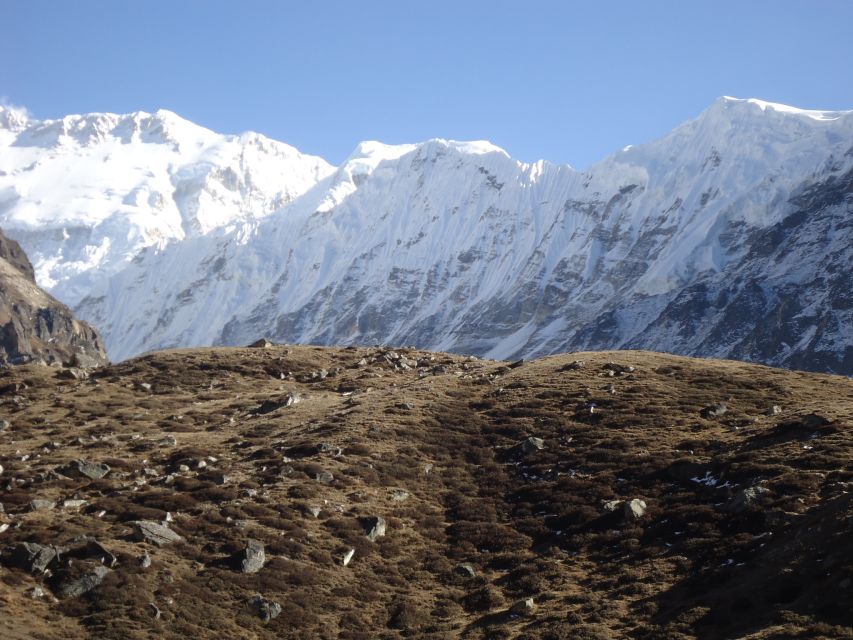
Trekking enthusiasts should be aware that while the Kanchenjunga Trek package covers many essentials, several costs remain outside its scope, requiring careful budgeting.
Meals in Kathmandu beyond breakfast aren’t included, so they should plan for dining expenses in the city.
Plus, travelers must secure travel insurance to protect against unforeseen events.
International airfare to and from Nepal adds another layer of cost, along with the necessary Nepal Tourist Visa.
Trekking gear isn’t supplied, so participants need to invest in equipment suited for challenging conditions.
Lastly, it’s customary to show gratitude for guides and porters, which means tipping should also be factored into the budget.
Being mindful of these excluded costs ensures a smoother trekking experience.
Participant Restrictions and Guidelines
Before embarking on the Kanchenjunga Trek, participants should be aware of specific restrictions to ensure a safe and enjoyable experience.
This trek isn’t suitable for children under 10 years or those with respiratory issues, kidney problems, or recent surgeries. Plus, individuals over 220 lbs (100 kg) or 80 years old may find the trek challenging.
Those with low fitness levels should reconsider, as the trek involves strenuous hikes and altitude changes. It’s crucial to listen to your body and be honest about your fitness before signing up.
Engaging with local communities and experiencing the rich culture of Eastern Nepal can be rewarding, but only if participants are adequately prepared to tackle the trek’s demands.
Best Time to Trek
The best time to embark on the Kanchenjunga Trek is during the spring months of March to May and the autumn months of September to November, when the weather is typically clear and the trails are more accessible. Trekking during these periods offers stunning views and a chance to experience local festivals, enriching the journey.
| Season | Conditions |
|---|---|
| Spring | Mild temperatures, blooming rhododendrons |
| Autumn | Clear skies, vibrant landscapes |
| Rainy Season | Heavy rainfall, muddy trails |
| Winter | Cold temperatures, snow-covered paths |
Choosing the right time enhances the trekking experience, allowing trekkers to connect deeply with the majestic beauty of the region and its unique culture.
Essential Packing List
Packing wisely for the Kanchenjunga Trek ensures trekkers are well-prepared for the diverse challenges and changing weather conditions they’ll encounter along the way.
Essential items include a sturdy backpack, water-resistant trekking boots, and a sleeping bag rated for low temperatures. Layering clothing, such as moisture-wicking base layers and insulated jackets, helps manage varying climates.
Don’t forget a good quality rain jacket and warm gloves. Trekking poles can provide extra stability on rocky paths. A first-aid kit, sunscreen, and insect repellent are also crucial for health and safety.
Lastly, pack snacks like energy bars to keep energy levels up during long days. Each item plays a vital role in enhancing the trekking experience and ensuring comfort on this remarkable journey.
Local Culture and Community Interaction
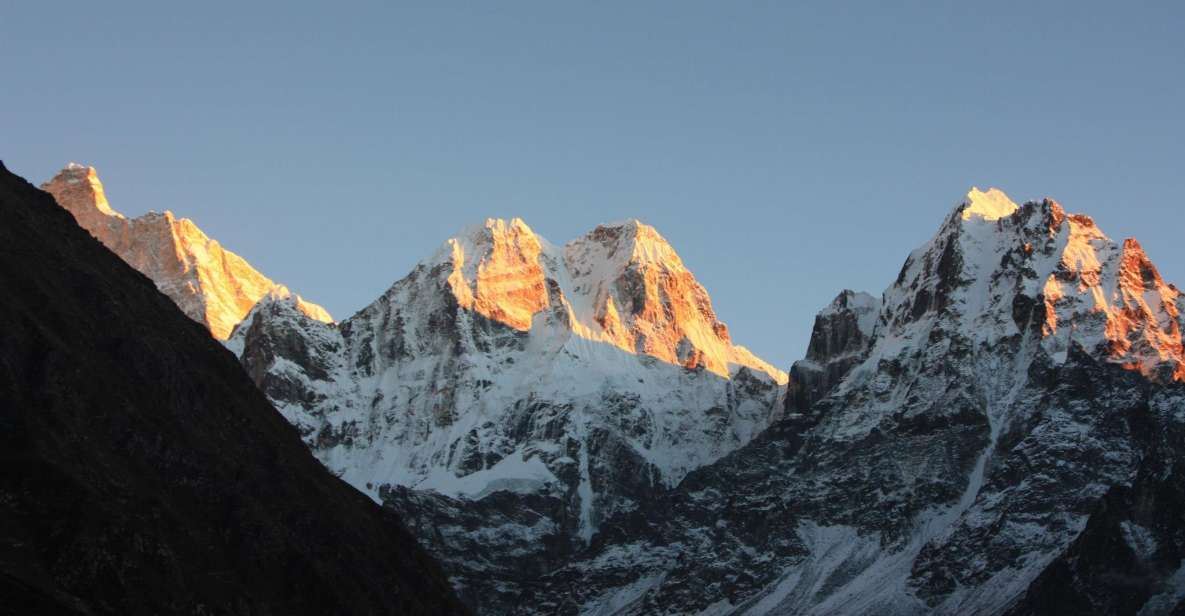
Engaging with local communities during the Kanchenjunga Trek offers trekkers a unique glimpse into the rich tapestry of cultures, traditions, and lifestyles that define this stunning region of Eastern Nepal. Visitors can interact with ethnic groups like the Rai, Limbu, and Sherpa, gaining insights into their daily lives, customs, and beliefs.
| Ethnic Group | Key Traditions | Unique Offerings |
|---|---|---|
| Rai | Festivals, music | Traditional dances |
| Limbu | Agriculture rituals | Handwoven textiles |
| Sherpa | Mountaineering culture | Hospitality and cuisine |
Trekking through villages, participants can share stories, enjoy local meals, and witness vibrant festivals, enriching their experience and fostering mutual respect between cultures.
Here's a few more nearby tours and experiences we think you'll like.
Frequently Asked Questions
What Level of Fitness Is Required for This Trek?
For this trek, participants need good fitness levels. Regular exercise, including cardio and strength training, helps prepare. It’s essential to adjust to altitude and navigate challenging terrains, ensuring a safe and enjoyable experience.
Are There Any Age Restrictions for Participants?
She noted that age restrictions apply, as participants should be under 80 years old. It’s crucial for older trekkers to assess their fitness levels, ensuring they’re prepared for the trek’s physical demands and challenges.
How Can I Prepare for High Altitude Trekking?
To prepare for high altitude trekking, she suggests gradually increasing elevation exposure, staying hydrated, and engaging in cardio workouts. Understanding local cultures enriches the experience, making treks memorable while adapting to altitude challenges.
What Wildlife Might I Encounter During the Trek?
During the trek, hikers might spot diverse wildlife like the elusive snow leopard, red panda, and various bird species. Engaging with local communities enriches the experience, offering insights into the region’s unique biodiversity and conservation efforts.
Is There Mobile Network Coverage Along the Trekking Route?
He noted that mobile network coverage varies along the trekking route. In lower areas, connections are better, but they diminish as elevation rises. It’s wise to download maps and communicate before heading into remote regions.
Not for you? Here's more of our most recent tour reviews happening neaby
- Everest Base Camp Trek
- Discover Nepal 10-Days Sightseeing Tour
- Langtang Valley Trek Nepal.
- Mera Peak Climbing – 23 Days
- 10 Days Nepal and Bhutan Cultural Tour
- Kathmandu Valley 6-Day Cultural Tour and Trekking
- From Kathmandu: 13 Day Poon Hill & Annapurna Base Camp Trek
- Casino Tour in Kathmandu
- Langtang Valley Trek – 10 Days
- Everest High Pass Trek – Nepal
- Kathmandu: Everest Base Camp Kala Patthar 15-Day Trek
- Nepal Spiritual Laughing 14 Day Trekking Program
- Everest Base Camp Helicopter Shared Tour
- Kathmandu: 14-Day Langtang Gosaikunda Trek
- All Package Nepal Annapurna View Trekking & Tour
Recap
In wrapping up, the Kanchenjunga Trek promises an incredible blend of adventure and culture.
Trekkers not only get to soak in breathtaking views but also connect with the vibrant local communities along the way.
It’s a journey that requires preparation, but the rewards are immense.
So, if you’re ready for an unforgettable experience in the Himalayas, lace up those boots and dive into this trekking adventure.
You won’t just see the beauty; you’ll feel the heart of the region.
